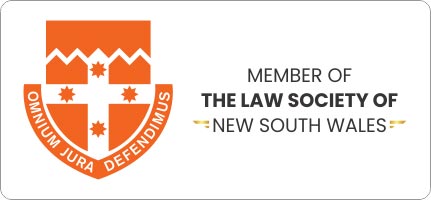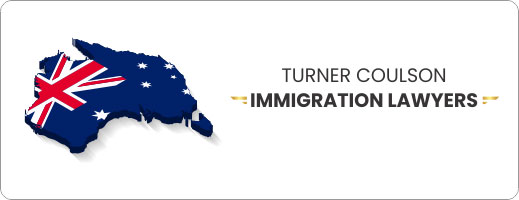On 18 July 2017, the government announced a new federal super-ministry of Home Affairs will be set up, including the Australian Federal Police, Australian Security Intelligence Organisation (Asio), and the Australian Border Force. This new super-ministry will be headed by Immigration Minister, Peter Dutton. The Prime Minister says this new ministry is the “most significant reform of Australia’s national intelligence and domestic security arrangements and their oversight in more than 40 years”. It is a major reorganisation of the ministry, stripping ASIO from the Attorney-General George Brandis’ portfolio.
The Opposition Leader, Bill Shorten, has criticised the move, calling it a political stunt designed to resolve internal Coalition tensions and Mr Turnbull’s job security. The Labor government have refused to support the new arrangement until it is backed by the security experts saying that Labor is waiting on a briefing from the security agencies before it makes a final decision.
Mr Turnbull and Mr Dutton are yet to explain how these changes will improve national security, which has caused experts to be divided on the new super-ministry. The former Asio and Asis boss David Irvine said that the most important thing was the national security organisations continue to operate according to the law and which portfolio minister they report comes second to that point.
Michael L’Estrange, a former secretary of the Department of Foreign Affairs and co-author of a review into Australia’s intelligence agencies, has backed the move to a home affairs portfolio, but, did not recommend it as part of his report. Mr L’Estrange said there was logic to the changes and that comparable countries had moved to a home affairs portfolio but that more work needed to be done on the details.
For more information:-
Young Migrants a Boon for Growing Workforce
Migration is transforming the age profile of Australia and the labour force, with young migrants, predominantly in their 20s, accounting for 80% of the workforce growth in the past five years.
From 2011 to 2016, employment grew by 730,000 people, with 600,000 of them being migrants arriving in that period. Without migration, there would have been no increase in the number of workers under the age of 55, over the past five years.
For more information: click here
Australian Population Growth
When Malcolm Turnbull recently accepted the Disraeli prize from the British think tank Policy Exchange, he claimed that Australia is the most successful multicultural society in the world. He said 26% of our people were born overseas, with Sydney being 37%, and half the population have one parent that was born overseas. Australia is a diverse nation, with people from every part of the world.
.jpg)
In 2011, Mr Turnbull said, “anyone who thinks that it’s smart to cut immigration is sentencing Australia to poverty”, however, there are several countries who have a large flow of immigrants that have low population growth and are not impoverished. In Australia, there is no statistical correlation between population growth (immigration being half of the growth) and GDP per capital.
Since 2003 there has been a surge in immigrant numbers and temporary entrants, including 457 visa holders, international students and people on a working holiday with the overseas migration numbers range from 150,000 to 300,000 per year. In a few years, our increase in population will be equivalent to the population of Canberra. Most migrants end up settling in Sydney and Melbourne, which are arguably bursting at the seams.
The population growth provides economic benefits for Australia. By 2026 it is estimated that the GDP per capita will increase by 7% based on the continuation of our immigration program, compared with zero net migration. However, this doesn’t take into consideration the costs the immigration imposes on urban congestion, rising house prices, loss of social amenity or environment impacts.
It is important that we have a measured and informed debate about our immigration policies, specifically both numbers and the integrity of the visa categories.
For further information: click here
National Annual Conference – 8-10 November 2017
.jpg) Conference website is now live and registration is open!!
Conference website is now live and registration is open!!
For all the information about the conference – click here
.jpg) Do you know an outstanding individual who is deserving of one of our prestigious awards? Well now is the time to nominate this person.
Do you know an outstanding individual who is deserving of one of our prestigious awards? Well now is the time to nominate this person.
For more information and nomination forms click here
Don’t forget to submit a paper for an oral and/or poster presentation – for more information click here
WA State Conference 2017
.jpg) Friday 4 August 2017
Friday 4 August 2017
Duxton Hotel Perth
1 St Georges Terrace,
Perth
Hon Dr Michael Nahan, MLA, Shadow Minster for Public Sector Management; State Development, Jobs and Trade; Federal-State Relations; Leader of the Opposition will give the opening keynote address.
Draft program is available online and registration is now open – click here for further information






